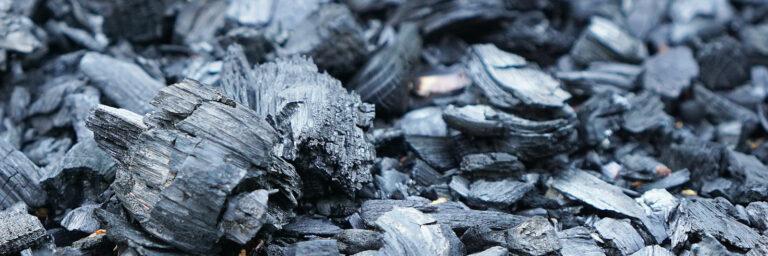
April Business Update: SRUC
After two years of operation as a Limited Company, Agrecalc became part of Scotland’s Rural College (SRUC) as of 1 April 2025.
In recent years, the impact of greenhouse gases (GHGs) on our planet has become a pressing concern. Scotland, known for thriving agricultural industry, also contributes to global emissions through its farming practices. This blog aims to shed light on the key GHGs emitted by Scottish farms, their environmental effects, and the global warming potency of each gas. By identifying these gases, we can work towards reducing their emissions, mitigating climate change, and promoting sustainable farming practices.
Carbon dioxide is the most prevalent GHG and is primarily produced through the combustion of fossil fuels, deforestation, and land-use changes. In farming, CO2 emissions mainly occur during energy-intensive processes like machinery operation, heating, and transportation.
Although CO2 is a natural component of the Earth’s atmosphere, excessive emissions contribute to the greenhouse effect, trapping heat and leading to global warming. CO2 has a global warming potential (GWP) of 1, which serves as the baseline for comparing other GHGs.
Methane is approximately 25 times more potent than CO2 in terms of its GWP over a 100-year period. Its high heat-trapping capacity makes it a crucial target for reduction.
Methane is another significant GHG emitted by farms, particularly from livestock and organic waste management. Enteric fermentation, a digestive process in ruminant animals like cows and sheep, produces substantial amounts of methane.
Methane is approximately 25 times more potent than CO2 in terms of its GWP over a 100-year period. Its high heat-trapping capacity makes it a crucial target for reduction. Reducing methane emissions can significantly contribute to mitigating global warming.
Nitrous oxide is released from agricultural soils, mainly due to the use of synthetic fertilisers and animal waste. Nitrous oxide emissions are also influenced by organic matter decomposition, land-use changes, and the burning of agricultural residues.
While N2O is less abundant than CO2 and methane, it has a much higher GWP. Over a 100-year period, N2O is estimated to be around 265 times more potent than CO2. Its long atmospheric lifespan contributes to the depletion of the ozone layer and global warming.
Fluorinated gases, including hydrofluorocarbons (HFCs), perfluorocarbons (PFCs), and sulfur hexafluoride (SF6), are not directly related to agricultural activities. However, their importance lies in their use in refrigeration, air conditioning, and other farm-related equipment.
These gases have extremely high GWPs, ranging from hundreds to thousands of times more potent than CO2. Reducing their usage and promoting the adoption of more environmentally friendly alternatives are essential steps towards sustainability in the agricultural sector.
While N2O is less abundant than CO2 and methane, it has a much higher GWP. Over a 100-year period, N2O is estimated to be around 265 times more potent than CO2.
The excessive release of greenhouse gases from agricultural activities contributes to global warming, climate change, and a range of environmental consequences. Rising temperatures affect the planet’s ecosystems, leading to altered rainfall patterns, increased frequency of extreme weather events, and the loss of biodiversity.
These changes pose threats to agriculture itself, jeopardising crop yields, livestock health, and the livelihoods of farmers. Additionally, GHGs contribute to the acidification of oceans and the degradation of air quality, further impacting the environment and human health.
By identifying and understanding the impact of these gases, we can take proactive measures to reduce their emissions and work towards a more sustainable future. Strategies such as improving energy efficiency, implementing renewable energy sources, adopting regenerative agricultural practices, and managing organic waste can significantly contribute to reducing greenhouse gas emissions from farms.
Through collective efforts and continuous innovation, Scottish farmers can lead the way in building a more sustainable and resilient agricultural sector while mitigating climate change for the benefit of all.

After two years of operation as a Limited Company, Agrecalc became part of Scotland’s Rural College (SRUC) as of 1 April 2025.

Biochar is a carbon-rich material produced by pyrolysing biomass, which offers a variety of potential agronomic benefits. In this guest article, Black Bull Biochar discusses how these effects work together to bolster productivity, sustainability, and resilience in farming.

The Agrecalc team is looking forward to welcoming you at our stand (2.844) at this year’s Low Carbon Agriculture Show, taking place on March 5 and 6, at NAEC Stoneleigh near Kenilworth.